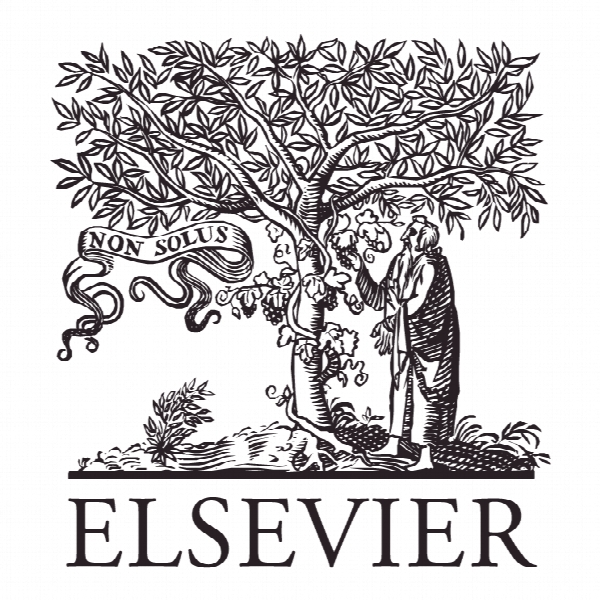رابطه مدیریت زنجیره تامین سبز و عملکرد: یک فرا تحلیل از شواهد تجربی در اقتصاد نوظهور آسیایی The relationship between green supply chain management and performance: A meta-analysis of empirical evidences in Asian emerging economies
- نوع فایل : کتاب
- زبان : انگلیسی
- ناشر : Elsevier
- چاپ و سال / کشور: 2018
توضیحات
رشته های مرتبط مدیریت، مهندسی صنایع
گرایش های مرتبط مدیریت عملکرد، لجستیک و زنجیره تامین
مجله بین المللی اقتصاد تولید – International Journal of Production Economics
دانشگاه Brunel Business School – Brunel University London – United Kingdom
شناسه دیجیتال – doi http://dx.doi.org/10.1016/j.ijpe.2016.10.008
منتشر شده در نشریه الزویر
کلمات کلیدی انگلیسی Green supply chain management; Asian emerging economies; Manufacturing sector; Performance
گرایش های مرتبط مدیریت عملکرد، لجستیک و زنجیره تامین
مجله بین المللی اقتصاد تولید – International Journal of Production Economics
دانشگاه Brunel Business School – Brunel University London – United Kingdom
شناسه دیجیتال – doi http://dx.doi.org/10.1016/j.ijpe.2016.10.008
منتشر شده در نشریه الزویر
کلمات کلیدی انگلیسی Green supply chain management; Asian emerging economies; Manufacturing sector; Performance
Description
1 Introduction In recent years, the rapid industrial modernization has led to negative environmental impacts including greenhouse gas emissions, toxic pollutions, and chemical spills (Peng and Lin, 2008). In response to the growing global environmental awareness, green supply chain management (GSCM) has emerged as a concept that considers sustainability elements and a combination of environmental thinking along the intra- and inter-firm management of the upstream and downstream supply chain (Walker and Jones, 2012; Zhu and Sarkis, 2004). Moreover, manufacturers of the majority of products that are consumed in the developed countries relocated their manufacturing bases and production facilities in Asian Emerging Economies (AEE) (Lai and Wong, 2012; Tang and Zhou, 2012). This relocation to Asia was primarily rationalized by cheap labor and low material costs (Lai et al., 2013). Meanwhile, the increasing global awareness around environmental impact of production processes is placing an escalating pressure on manufacturers not only in the developed world but also in emerging economies in Asia. Based on the emerging economies index (MSCI Research, 2014), emerging markets represent 10% of world market capitalization. Particularly China, Taiwan, India, Malaysia, Indonesia, Thailand, and South Korea need to improve their supply chains in all aspects (Faber and Frenken, 2009; Lai and Wong, 2012; Woo et al., 2014). As shown in Figure 1, serving as the global production base, manufacturers in the AEE are increasingly expected to continue contributing to their countries’ economic growth. As the manufacturing sector in the AEE is expected to continue its rapid growth until the next decade, managerial practices should balance the economic growth and the damage to the environment (Zhu et al., 2008b; Lee, 2008). Therefore, manufacturers in the AEE are subsequently beginning to realize the urgency to adopt green strategies and environmental practices with their customers and suppliers to reduce the environmental impacts of their products and services (Zhu and Sarkis 2004; Zhu and Geng 2013).


